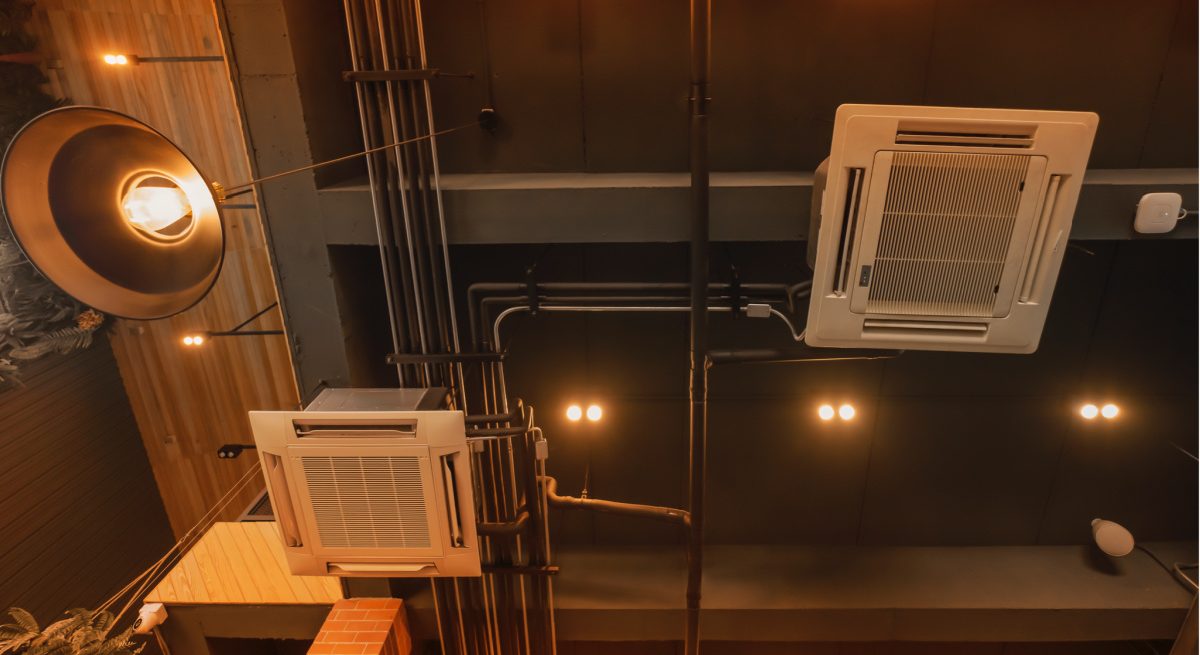How Restaurants Can Improve Indoor Air Quality in the Coronavirus Era
3 Min Read By Carl "Buzz" Thompson
Even as restrictions loosen and thousands of restaurants can legally open their dining rooms, many customers remain hesitant to dine in. Therefore, it’s critical for restaurants to do everything possible to put customers and employees at ease. That means restaurants must embrace extra safeguards, including those that improve indoor air quality.
Those safeguards could be critical to a restaurant’s bottom line. An April survey taken by consulting firm AlixPartners LLP found that as many as 68% of American adults say they’ll make dining decisions based on a restaurant’s sanitation and safety practices. In a May survey by Washington State University, U.S. consumers said they expect restaurants to provide hand-sanitizing stations, frequently and rigorously clean high-touch surfaces, and require workers to wear face masks.
However, little of the sanitation conversation includes talk of air quality. Air quality shouldn’t be ignored as restaurants step up their health and safety strategies. Fortunately, the task of improving air quality need not be complicated.
The U.S. Centers for Disease Control and Prevention (CDC) has issued guidance addressing the need for increased ventilation. Research conducted by China’s Guangzhou Center for Disease Control indicates why it’s needed. Researchers suspect a COVID-19 outbreak linked to a restaurant in China was aided by air-conditioned ventilation.
Reacting to the study, infectious disease aerobiologist Donald Milton of the University of Maryland told ABC News: “If there’s a good ventilation system, you’re not going to get enough exposure to be infected. If there isn’t good ventilation, then the data suggests that it’s crowded, poorly ventilated places where there have been outbreaks.”
While they’re aware of ventilation risks, restaurants might not be sure how to make ventilation changes without investing heavily in new systems. For many restaurants, overhauls of ventilation systems are not an option in the current economic climate. However, restaurant owners and managers can improve air quality by embracing a multilayered, cost-effective approach.
Traditionally, air flow has depended on the space. For example, corridors have less fresh air than a meeting room because people are not spending much time in the corridors. This air often is a mixture of recirculated air and fresh outdoor air that meets minimal standards. By improving the quality of indoor air — including the removal of airborne smoke and grease — restaurants can boost health and safety standards in the coronavirus era.
Here are five non-tech tips for clearing the air at your restaurant:
- Regularly change the air filters.
- Get your HVAC system inspected and maintained on an annual basis.
- Use cleaning products that are free from volatile organic compounds (VOCs), which can pollute indoor air.
- Meticulously clean equipment, floors, walls and other surfaces to prevent dust, food particles and other debris from entering the restaurant’s HVAC system.
- Design (or redesign) your kitchen and your entire restaurant with ergonomics in mind. Ergonomics promotes workplace efficiency, productivity and comfort. An ergonomic restaurant layout can contribute to better indoor air quality.
As part of a multilayered approach to air quality, a restaurant also can turn to the latest air purification technology. Some of these air and surface “scrubbers” can eliminate practically all pathogens, viruses, bacteria and mold in the air and on surfaces within an area that sometimes is the size of an entire restaurant. In addition, these scrubbers can remove dust, allergens, smoke, odors and other pollutants from air and surfaces. These new air purification devices are capable of turning oxygen and humidity from a room into super oxide ions and hydro peroxides, essentially transforming the air into a cleaning agent. And they have been shown to remove more than 99 percent of airborne and surface contaminants, killing pathogens on contact and destroying microorganisms in both air and on surfaces.
Scrubbing the air, so to speak, can ensure customers and employees aren’t breathing harmful pollutants in restaurants, which one ranking puts among the 10 worst public places for indoor air quality.
COVID-19 is forcing a massive change in how we think about infection prevention and air quality in restaurants. Government leaders can open up the economy again, but consumers need to show up. If the majority of patrons do not think restaurants are instituting proper measures to protect their health and safety, then they probably won’t be sitting down for a meal.


